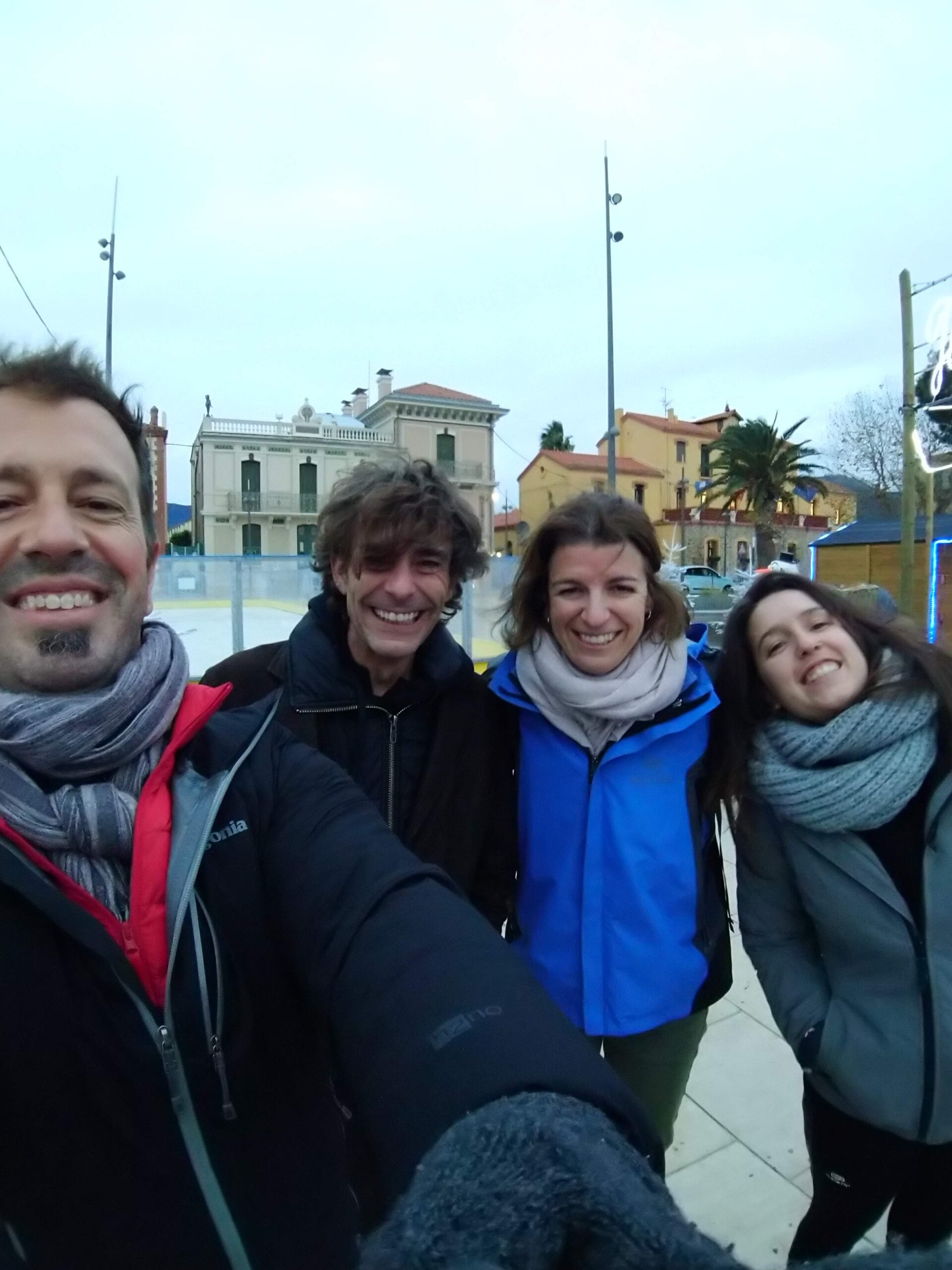
In this project, Mason Dean, a group leader at the Max Planck Institute of Colloids and Interfaces in Germany, and PhD student Júlia Chaumel used sharks and rays to better understand cartilage biology, believing that the tissue’s distinct features could prove useful for biomedicine.
Through EMBRC, they were able to gain access to saltwater tanks for live animals and advanced microscopy at the Observatoire océanologique de Banyuls-sur-Mer (OOB), an EMBRC site.
“EMBRC helped us connect these research needs, but moreover gave us access to the deep expertise of OOB, who helped us train on and troubleshoot techniques and bent over backwards to help us get the results we needed”
‘As a result, our visits generated a large amount of novel data already heading into publications, while inspiring unexpected research directions, founding new collaborations and friendships’.



In the 6-month longitudinal study, active mineralisation zones in living animals were marked with fluorescent calcium dyes to observe skeletal growth, while novel approaches to animal collection, tissue clearing and labelling methods were also developed. Furthermore, to visualise resultant tissue growth, extensive testing and adaptation of imaging technology was performed, which is where Euro-BioImaging stepped in. The researchers focussed on both linear (eg fluorescence) and non-linear microscopy techniques (eg second harmonic generation).
In conclusion, researchers who used EMBRC and Euro-BioImaging services were able to conduct cutting-edge research that would be otherwise impossible in their home institutions.

*CORBEL was funded by Horizon 2020, under grant agreement number 654248 (see project page)
Images: courtesy of Mason Dean
CORBEL: Coordinated Research Infrastructures Building Enduring Life-science
CORBEL aimed to establish shared services between the ESFRI Biological and Medical Science Research Infrastructures (BMS RIs) to support enhanced European research. This was achieved through the provision of joint services and coordinated ‘user access’ to a range of advanced technology platforms.


